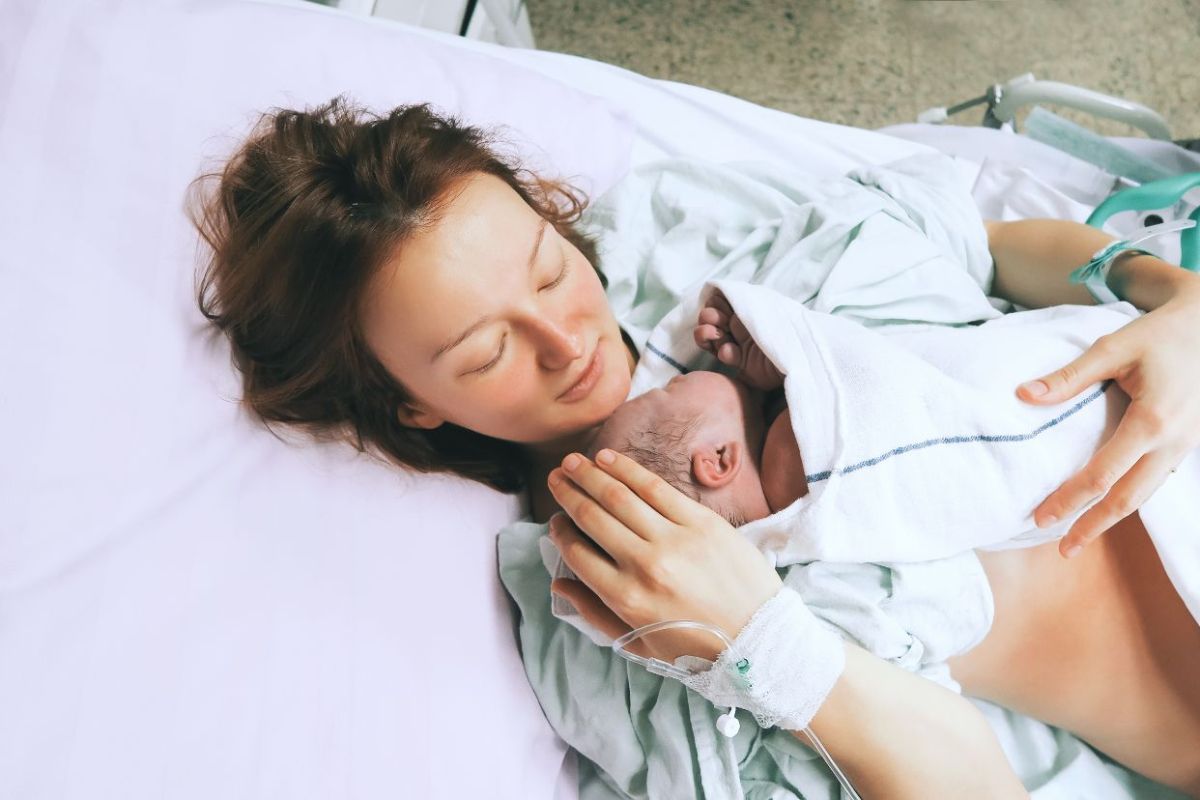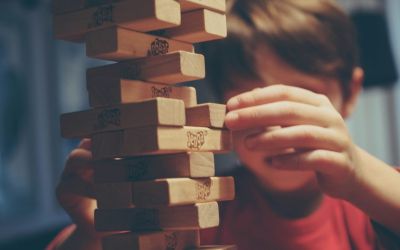
The Global Day of Parents brings denatality in Italy to the fore
For the Global Day of Parents set for 1 June 2023 by the United Nations, the Patrizio Paoletti Foundation, which is dedicated to research and training for the wellbeing of individuals, families and the community, shares tools for parents, such as the webinar “ What type of parent do you want to be?”, as part of the parent training programme. Educational experts from international institutions confirm, in fact, that parenting can be learnt and today, more than ever, educational tools are needed.
The Global Day of Parents, established by the United Nations in 1972, celebrates the role of the couple in raising children, who as parents are the first and most important educators. Today’s parents are the ones actively shaping the children and young people who will lead the society of tomorrow.
But in Italy, the issue of parenthood is currently also inevitably linked to that of the (de)natality, which affects our country. The current demographic situation prompts questions about issues such as the impact and limits of immigration, the challenges of reconciling work and motherhood, and the need to achieve a birth rate of 500,000 by 2030.
Denatality, schools closing and ever fewer students
According to ISTAT, the birth rate numbers in Italy are continuously decreasing: it is estimated that in 2070 the Italian resident population will be 47.7 million individuals. The same number of people populated Italy in the year 1953; today there are about 59 million inhabitants in the Italian boot (https://www.istat.it/it/archivio/274898). The number of childless couples are growing: by 2041, only one in four families will be composed of a couple with children and more than one in five will have no children at all. While the numbers of the elderly population are growing, thanks to the birth boom (which has since stalled) of the 1960s. Italy’s declining birth rate also negatively affects schooling numbers. According to Tuttoscuola’s dossier, which has been monitoring school trends and numbers for 40 years, in 20 years we have lost 3.5 million students; in 2033 there will only be a total of 6 million students in Italy with a negative record in the south. School buildings are also increasingly at risk of closure: some 2,600 schools have been relinquished in this decade. 2 out of 5 Italians do not have a qualification higher than the secondary school leaving certificate and more than 1 in 4 young people do not study and do not work.
The impact of the pandemic
The Covid-19 epidemic is also responsible for the demographic winter of empty cradles in which the Italian population finds itself, slowing down births even more. We had a new negative Italian record in 2022 with 392,598 babies born (i.e. less than 400,000), against a high number of deaths (more than 700,000), both unheard of since the Second World War. Italy is among the least fertile countries in Europe (together with Malta and Spain); but if you look at birth rates, it is 27th, that is, in last place. The birth rate in Italy is 6.8 births per thousand residents, against a European average of 9.1. The decline in births, according to Istat, has been steadily increasing since 2010 and the forecast is negative. This scenario has meant that the subject of denatality has become of common interest and capable of uniting the entire national system, which is reflecting on new concrete proposals for reversing the demographic trend and imagining a new narrative of birth rate.
Shared solutions to reverse negative birth trends
The attention of national institutions and important voices in Italian socio-cultural life recently focused on this issue at the ‘Stati Generali delle Natalità’ (General States of Natality), an event now in its third edition, which took place in Rome on 11-12 May 2023, with the aim of raising public and institutional awareness of the demographic winter that our nation is experiencing. It is not just an Italian, but a general European problem: 190.000 less births in total in European Union states. And the Eurostat prediction for 2030 in comparison to 2020. (https://famiglia.governo.it/it/politiche-e-attivita/comunicazione/notizie/stati-generali-della-natalita-2023/)
The event opened with speeches by Pope Francis and leading state officials as well as the Mayor of Rome Roberto Gualtieri.
“The solutions have been clear for a long time, the problem is to start taking action, says Gigi De Palo, president of the Forum Families until May 2023 and organizer of the ‘Stati Generali della Natalità’ – The good thing is that at last the issue of denatality in Italy is no longer a niche issue. Today, also thanks to us, the birth rate has become an underlying argument in the country’s economic and political choices. It has also been accepted that natality does not only concern the political and social majority, but concerns everyone: banks, companies, politics, trade unions, the media. What is needed now is a tax reform that takes income per capita into account as well as family composition”.
The disadvantaged status of Italian mothers does not help socio-economic development
Couples with children (and those who would like children) need help. That means crèches, parental leave for both parents, fair employment contracts, but there is more. According to the ‘Mother Index’, published by ISTAT, mothers in Italy face a very complex situation made up of contractual and salary disparities, as well as a lack of services to support work-life balance.
The overall picture that emerges emphasizes the correlation between the current disadvantaged status of women and mothers in particular and the development of the country, as highlighted by several observers. Renouncing the skills, talent and energy of women and not supporting the birth rate is blocking growth in many countries, not just Italy.
Children are a commitment that can create stress (or parental burnout)
From a social point of view, parental stress also plays its part in the management of the family and the decision to have more than one child per couple. Signs to recognize parental stress (or parental burnout) are – for example – difficulty sleeping regularly, disturbed sleep with continuous night waking or insomnia; difficulty in emotional contact with children (called ‘closed heart’), irritability and impatience, excessive alertness and constant worry. Signs showing the urgent need for institutional support measures and effective parenting training.
Be part of the change. Responsibly sharing content is an act of sustainability.
Let's train emotional intelligence: what emotion does this article arouse in you?



